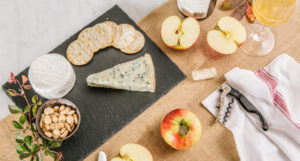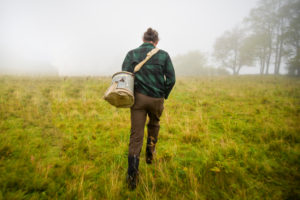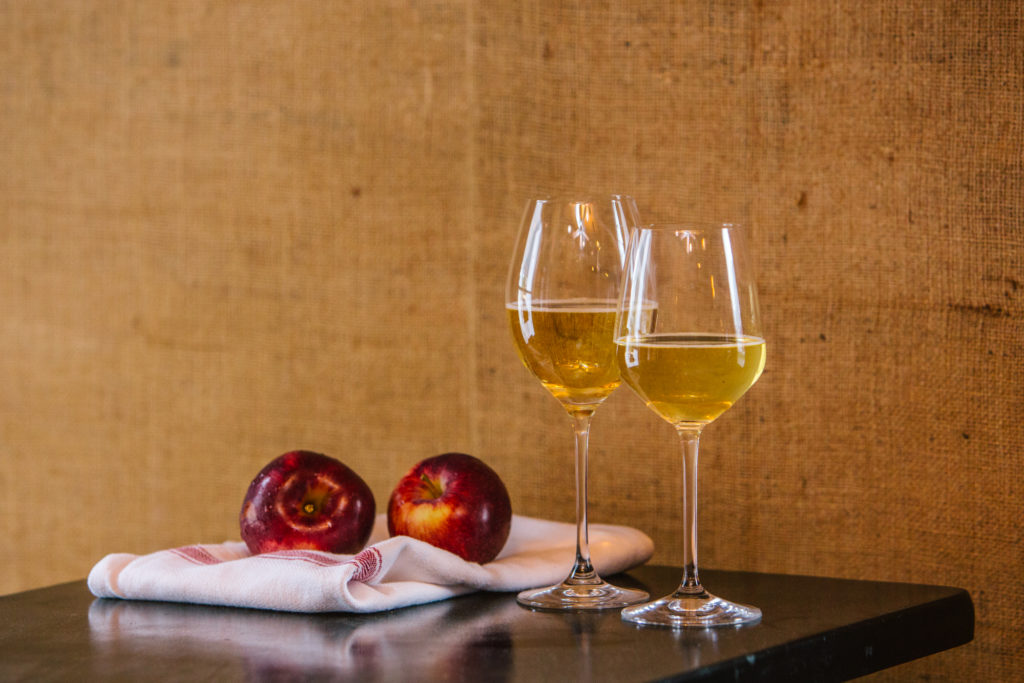It starts with the apples…
The apple may seem like the furthest thing from an exotic fruit, but its history is far richer than what many of us imagine. Originally from the mountains of Kazakhstan, apples are a creative plant. They exhibit what is called “extreme heterozygosity” which means that any apple grown from a seed won’t be anything like its parents. That’s right – each apple seed grows its own unique, never seen before variety of apple. Like snowflakes. As a result, there are thousands and thousands of different apples varieties.
Since every apple grown from seed is unique, how can you buy a Granny Smith apple again and again? Because farmers have found that by grafting a piece of a Granny Smith apple tree onto another apple tree, they can grow more Granny Smiths that are exact replicas. All stable, known varieties are achieved by grafting.
The upshot is that there is an incredible wealth of different apple varieties to create cider with different and sophisticated taste profiles.
Cider in the US
Cider has a long history in England and the first English colonists to the States brought with them an appreciation and thirst for cider. When the first settlers arrived in the colonies, they were disappointed in the crab apples that grew here naturally. So they ordered apple wood from England to use for grafting to create orchards. Cider was the boozy beverage of choice in early America, in part because the land of New England didn’t easily lend itself to cultivating the grains needed to make beer.
How much cider did early Americans drink? More than you might imagine! At one point in the 1700s, the average Massachusetts resident drank 35 gallons of cider a year. It may seem a little lush, but remember that water was often potentially contaminated. The purifying alcohol content in cider made it a safer choice. Other health benefits for cider were touted too: an aid to digestion, a health tonic and a recipe for longevity. There were heaps of reasons to raise a glass!
What sort of apple makes a good cider apple? That question entrances the mind of many. But if you are new to cider and apples, there is one fact you should know. Which is that not all apples are good for eating. In fact, many apples are known as “spitters” – because they are so sour or bitter the first reaction after biting into one is to spit it out. These are not the apples you want to put in a bag lunch – but they often make fantastic cider, imbuing their character to make a more sophisticated cider.
Which brings us to Johnny Appleseed (a.k.a. John Chapman) – the man who helped bring cider to frontier settlers in the early 1800s. Johnny Appleseed was a member of the Swedenborgian Church, whose belief system explicitly forbade grafting. So he grew apple trees from seeds. As a result, most of his apples were unfit for eating but many were good for cider making. Johnny Appleseed became famous for cultivating nurseries of young apple trees that supported settlers in large parts of Pennsylvania, Ohio, Indiana and Illinois. These early orchards helped make cider part of daily frontier life.
Cider consumption began to decline towards the end of the 19th century and into the 20th century. The reasons why have been much debated. It seems that a mix of factors was at work. As the colonies expanded West, people discovered that land in the Midwest was suited to grain cultivation and beer became a simpler and cheaper option to make. As new waves of German and Eastern European immigrants arrived in the US, tastes evolved and beer became more popular. Prohibition has also been named a culprit. In the years when alcohol was illegal, orchards full of cider apples (i.e. good for booze but not pie) became easy-to-identify targets. Some farmers transformed their cider apple orchards into eating apple orchards through grafting. Other cider apple orchards fell into disuse or were destroyed. Once Prohibition was repealed in 1933, beer became predominant, in part because it was much faster to get back into production. Apple trees take years to bear fruit, but barley can yield a crop within a year. With breweries back in production almost immediately, cider lost its hold for most of the 20th century.
Luckily, over the past few decades, a cider renaissance has begun, led by an increasing number of passionate makers and fans… and now, you!







